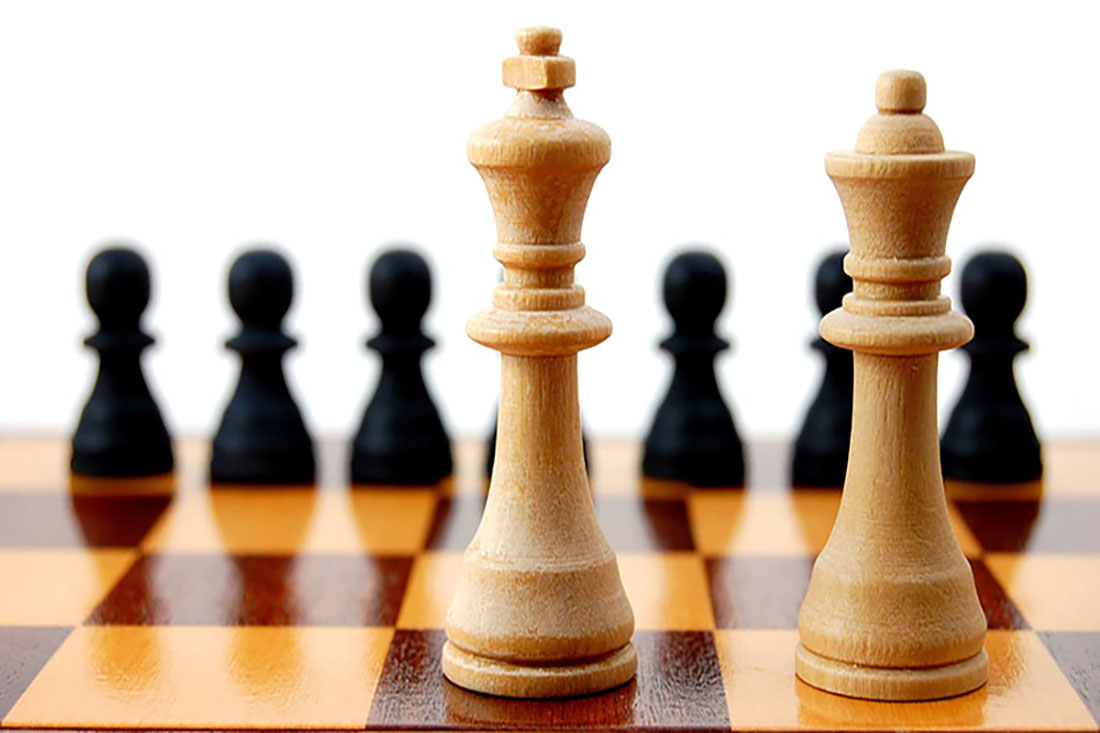The current achievements of Cuban chess are not the result of luck or a work achieved in no time. To a large extent, they are the fruit of many “grains of sand” contributed by players, managers, coaches, activists and promoters, without ruling out the tireless work of the specialized press that for many years existed in Cuba, which for decades provided the best of itself, in favor of chess development.
The origin of Chess in our country dates back to the discovery of the island of Cuba on November 27th, 1492, by the Spanish. The chess game is one of the oldest in Cuba. In colonial times it was practiced only by rich people, considered a noble sport.
During the 16th century, Villa San Salvador de Bayamo became the stronghold of Chess in Cuba, to the point that, during the Wars of Independence, Chess games were another space to conspire. The love for this sport is known in personalities of our history such as Carlos Manuel de Céspedes and José Martí.
In 1836, an outstanding event for the history of Cuban Chess occurred: the famous “Antomato” was brought to Havana, a doll that represented the figure of the chess player created by the Hungarian Barrón Wolfyangvon Temple. The mere fact that it was presented in Havana shows that, although the fondness for the sport of the checkered board did not represent a serious and organized movement, it did arouse curiosity in high spheres of society at that time.
During the 20th century, the name of Cuba was placed at the top of the podium in the history of this sport, thanks to the talent of José Raúl Capablanca, world champion from 1921 to 1927. Recognized as a precocious genius and nicknamed “the Mozart of chess”. During his golden years he was also known as “the chess machine”.
The glories of Camagüey
Camagüey city is located on the map of this sport with José Fernández Migoya. A man who, although was born in Pinar del Río, received all his glory in the city of the waterpots where he died on July 11th, 1968. He was a strong chess player who in 1923 took home the Dewar Cup, Cuba’s unofficial national championship due to the absence of an official one.
Migoya is not properly a champion for Camagüey because he received the title representing the capital and he was something like the Cuban amateur champion, because at that time Capablanca was the world chess champion.
After the death of Migoya, the then provincial chess commissioner Osvaldo Bahamonde together with Dr. Rosendo Romero Delgado, decided to organize a chess tournament in his memory that began on a municipal basis in 1969. This tournament, except for some interruptions, continues year after year and is the flagship tournament of the province of Camagüey and even with international participation in several editions with the presence of outstanding teachers such as the Swede Ulf Anderson.
There are many recognitions won by other representatives of Camagüey, accumulating several names throughout history. Among these great personalities is Dr. Rosendo Romero Delgado, who during 1950 defeated the engineering student Eldis Cobo Arteaga and won the national champion award. Thirty years later Néstor Vélez Betancourt also rose with this honor.
Translated by: Aileen Álvarez García






